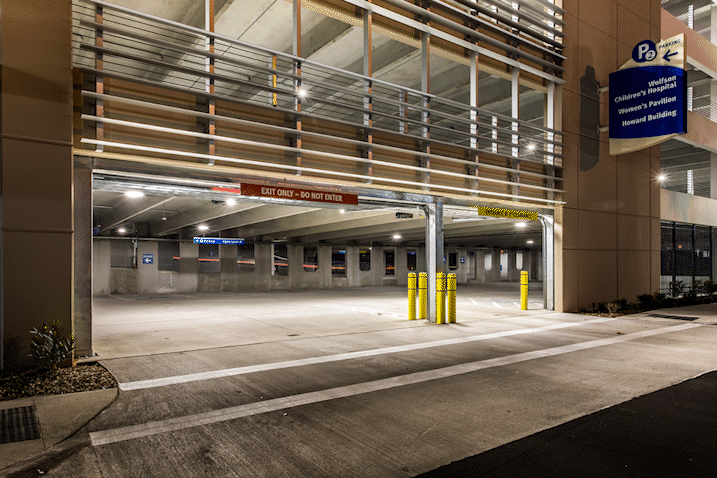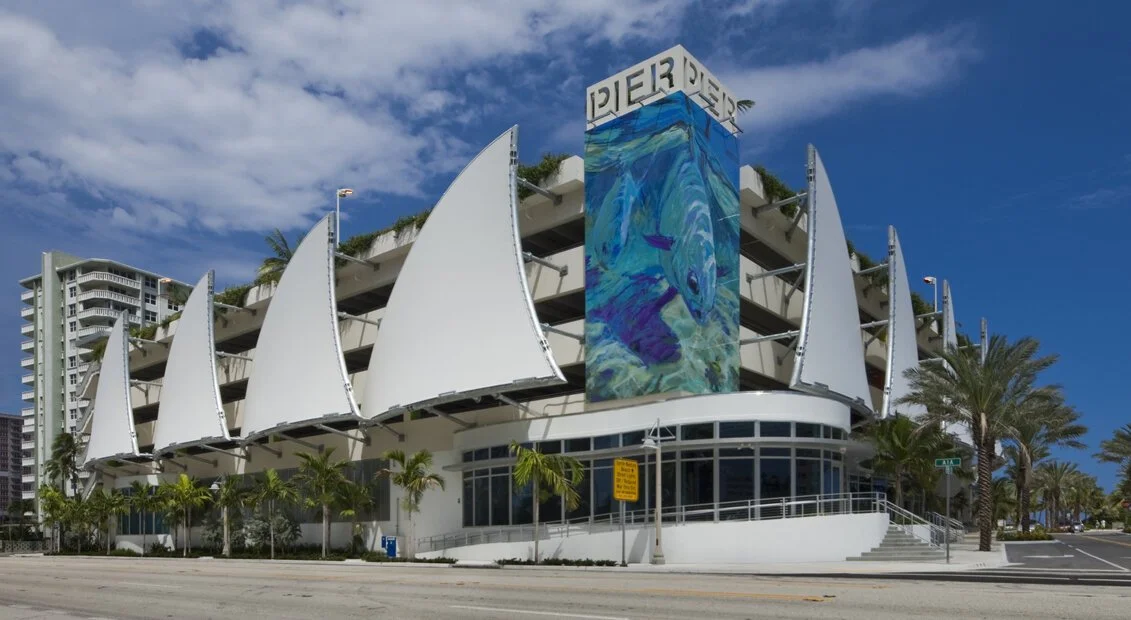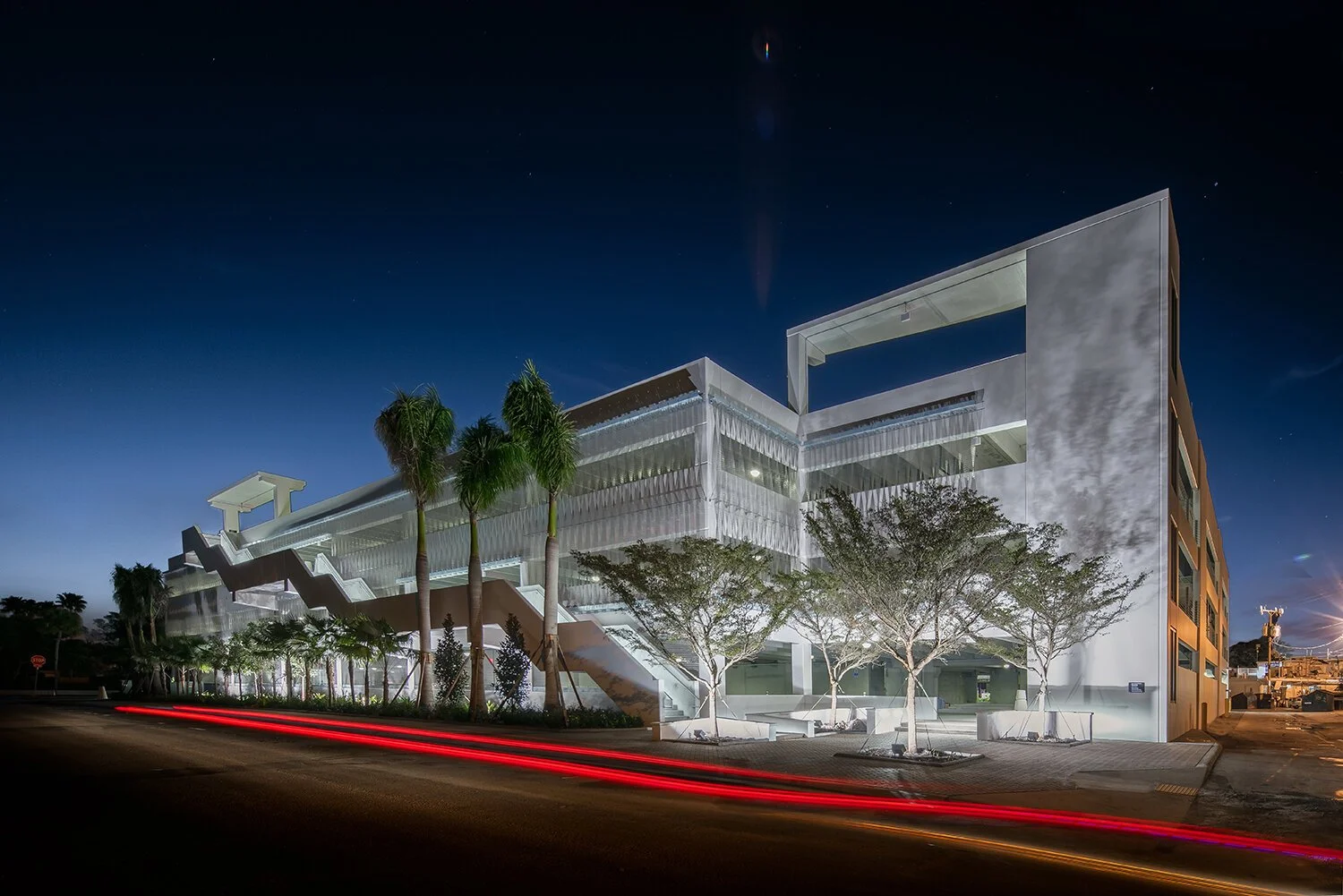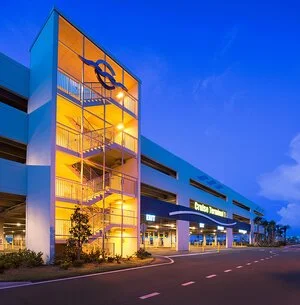The built environment cannot exist without parking garages. These buildings have changed from being utilitarian, unremarkable boxes to multi-functional, attractive buildings that enhance the facility they serve. Owners have come to understand that parking spaces frequently serve as both a first and last impression to the general public.
Surface parking is frequently difficult, unattractive, or impractical, necessitating the use of multi-level parking. In such cases, a key goal of the design and construction program is to build an appealing, useful, and long-lasting parking facility.
Precast concrete is a high-performance material that combines readily with other systems and naturally offers the versatility, effectiveness, and resilience needed to satisfy the long-term demands of high-performance structures as well as the requirements for multiple hazards. As such, precast is one of the best structural and framing materials for modern-day parking structures.
Why Precast For Parking Garages?
Versatility
Precast offers a staggering variety of aesthetic alternatives, whether your parking structure has to stand out from the crowd or blend in with the surroundings. Precast systems also don’t need intermediary columns within the parking area, allowing for a more open parking deck than cast-in-place constructions. This enhances user visibility and security.
Efficiency
Precast concrete does not need to be protected from rain, sun, snow, wind, or extremely cold temperatures when it arrives at the installation site. This decreases the possibility of change orders brought on by winter weather and saves time and money. One of the quickest building techniques available is precast concrete, which is produced offsite to minimize disruption to the project site and maximize quality. It is normally put up with the aid of a crane and a small team, which enables construction to be done with little disruption to the neighborhood.
Resiliency
Precast concrete naturally offers a high level of quality and longevity, including higher resistance to scale, cracking, and freeze-thaw deterioration. The joint system and high-quality concrete employed enable predictable and controlled stress alleviation that can be addressed with straightforward maintenance. Contrarily, cast-in-place constructions can need to be replaced because of sporadic, unpredicted, and frequently more serious maintenance problems. Additionally, precast offers built-in fire protection and does not need additional fireproofing.
Advantages of Precast for Parking Garages
Speed of Construction
Precast offers shorter and faster construction schedules overall. This means clients will be using their structures quicker and allows for shorter construction financing.
Risk Reduction
Using precast concrete provides several risk reduction benefits including less trade coordination, less labor needed on the jobsite, and reduction of delays due to weather.
Architectural Finishes
With the use of formliners, aggregates, and colors, precast has virtually limitless architectural options. It can be designed to blend into a parking garage’s surroundings, match historical materials no longer available, or stand out in its environment with unique designs.
Off-Site
Precast is manufactured in quality controlled production plant off-site which eliminates the need for large laydown areas. Precast can also be scheduled to arrive on-site minutes before erection to assist projects that have tight delivery windows and no storage area.
Versatility
It doesn’t matter if a parking garage needs to have a helipad on the top floor or specialty loading areas, precast is able to be designed to meet any type of amenity need.
Long Lifespan
Concrete is a long-term construction material that offers strength, durability, and sustainability over decades of use.








